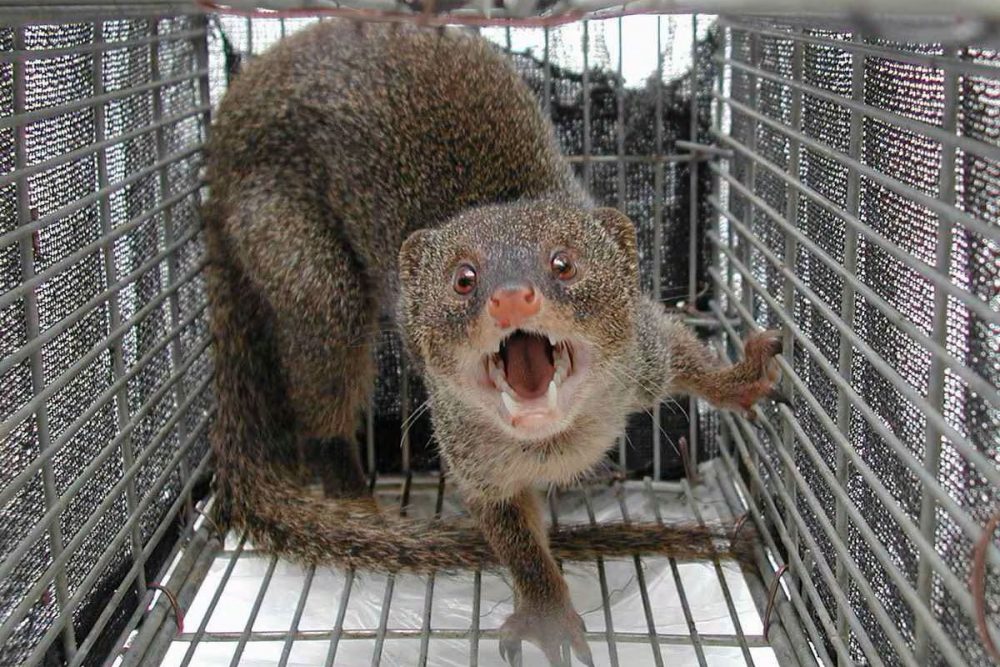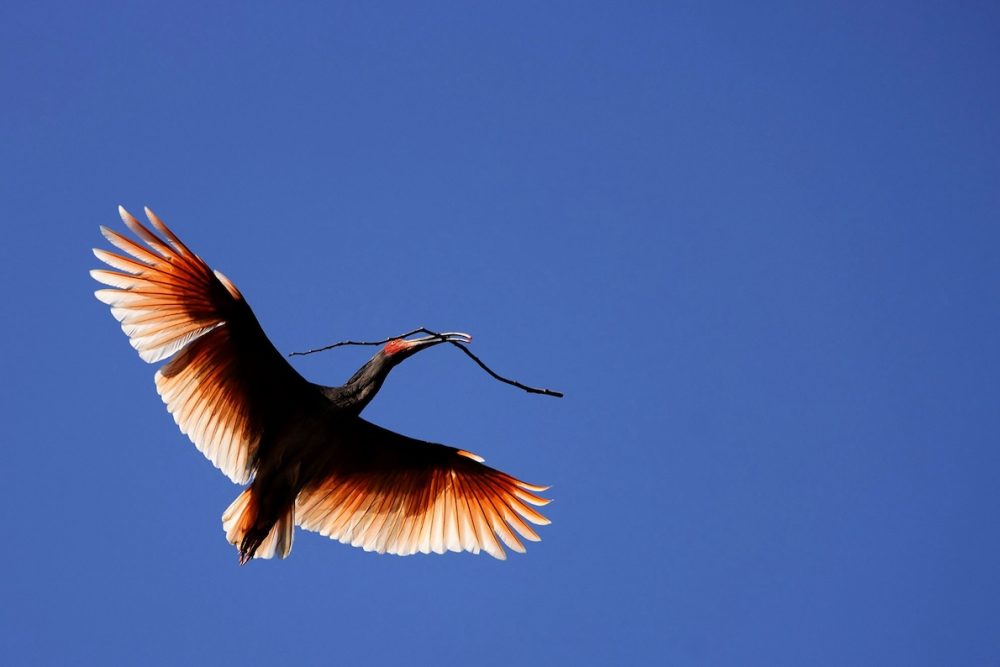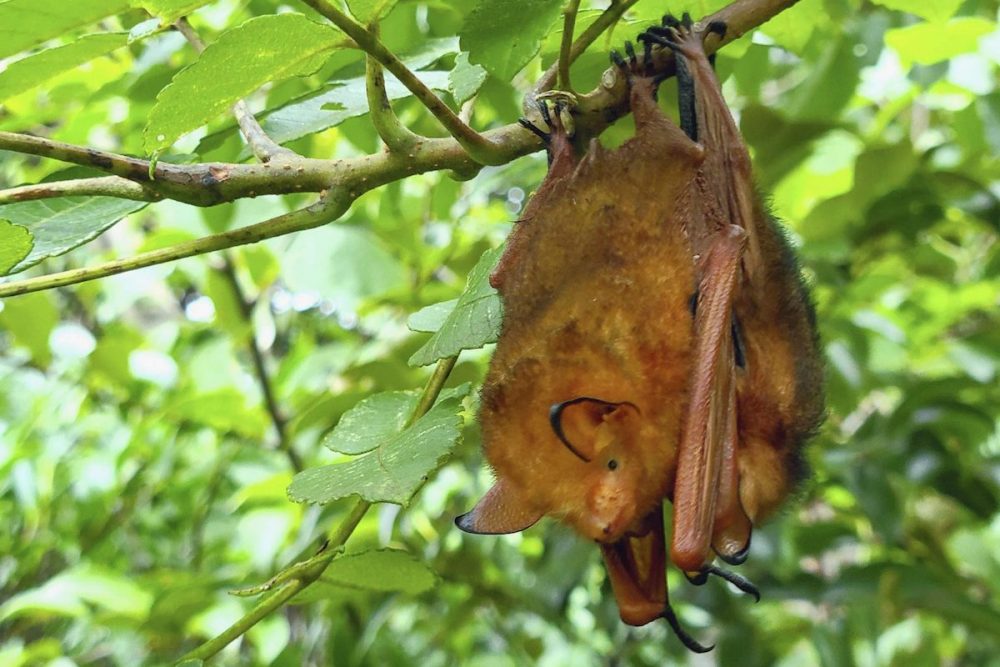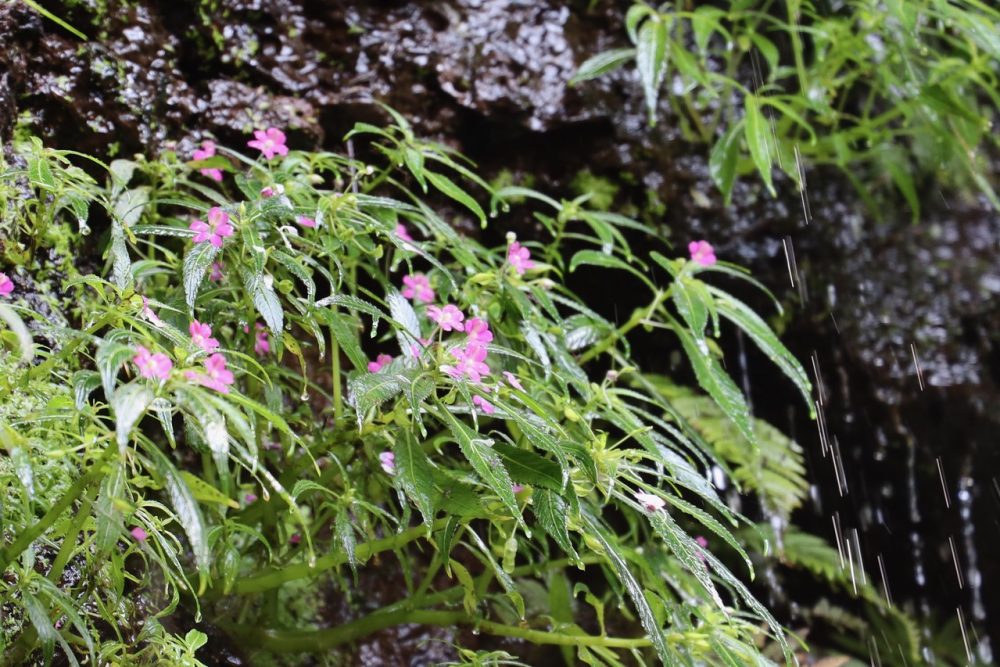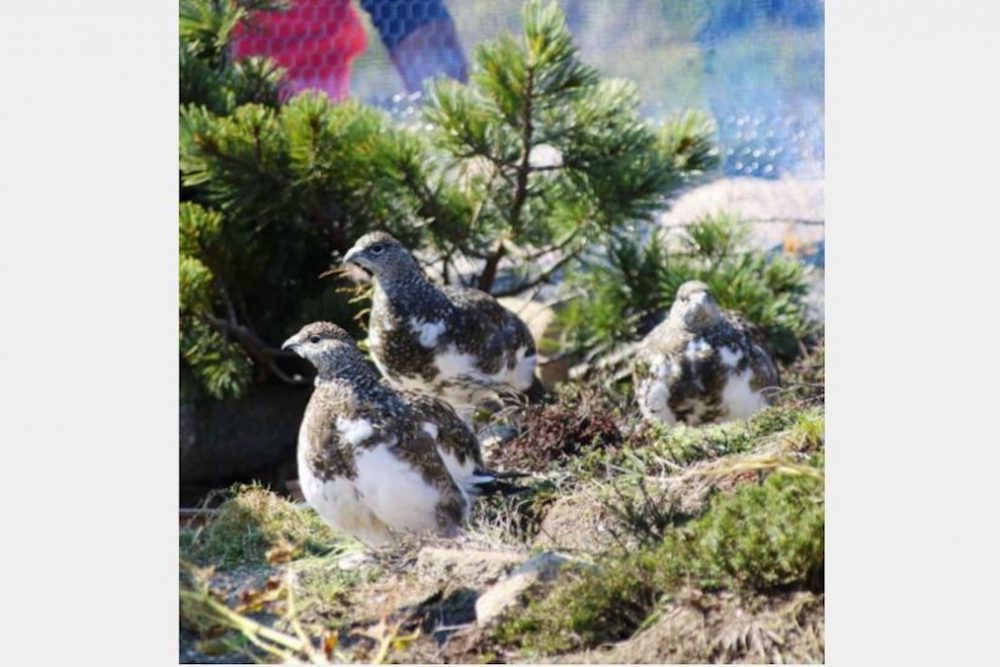Sado Wildlife in Focus | Newly Fledged Crested Ibis Chicks Take Flight!
Get a rare glimpse of endangered crested ibis chicks that have flown their nests on Sado Island in this summer installment of Fumie Oyama's photo essay series.

このページを 日本語 で読む
Summer has arrived on Sado Island in Niigata Prefecture. The chicks of the endangered crested ibis, a special natural monument, have now left their nests and are testing their wings as they learn to fly. For now, the chicks still depend on their parents, but independence is just around the corner.
Orange Faces
It is early summer, and the sun rises on Sado around 4 am. I rise still sleepy in the mornings to head out early to get the best shots. My camera is focused on crested ibis chicks.
Although they are technically still chicks, the young birds have grown to almost the same size as their parents. At a glance, it is not easy to distinguish between parents and their offspring. But you can tell them apart by looking at their faces. The crest feathers on the back of the chicks' heads are still short. Above all else, their faces are not the bright red of adult birds, but a pale orange characteristic of ibis chicks.
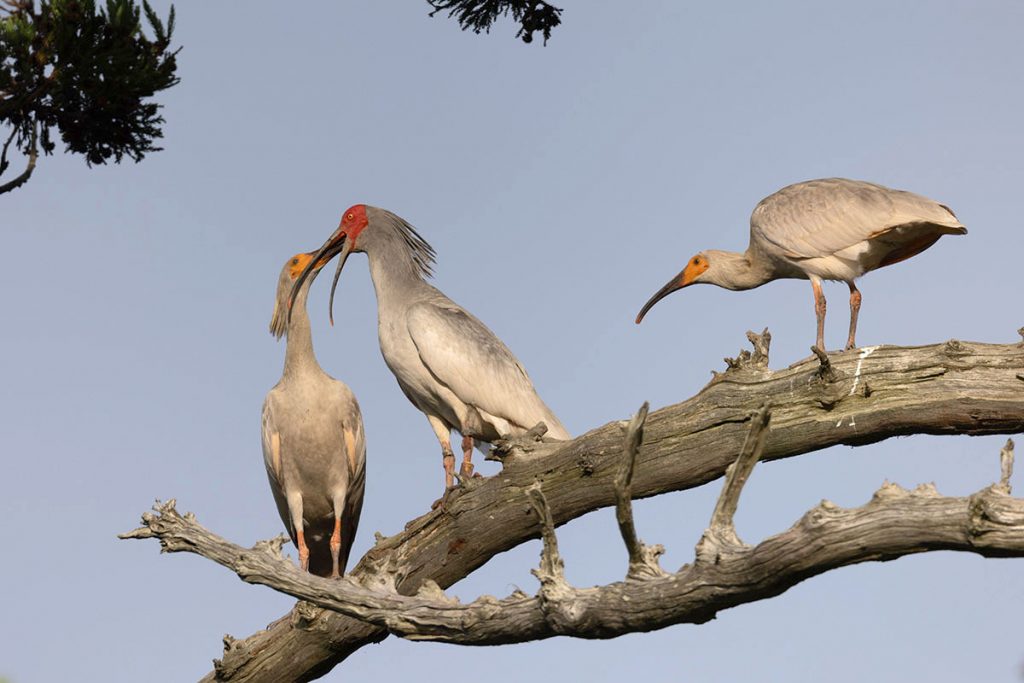
The vibrant pink-orange color of the crested ibis feathers, known as toki-iro, or "ibis color" in Japanese, is attributed to the intake of carotenoids. This comes from the birds' diet of crabs and crayfish. The young chicks not only have pale faces but the color of their feathers is also still pale.
81 Chicks Born
On July 9, the Sado Nature Conservation Office of the Ministry of the Environment announced this season's preliminary figures. A total of 93 pairs nested, with 81 chicks hatched in 37 of these ibis couples. Of these, 65 chicks have fledged.
Among the 93 pairs, 39 were formed by ibis born in the wild, with 46 chicks born from 21 of these pairs. It is gratifying to see the steady progress in the birds' breeding in the wild.
Incidentally, a chick is counted as having fledged when both if its legs are completely out of the nest.
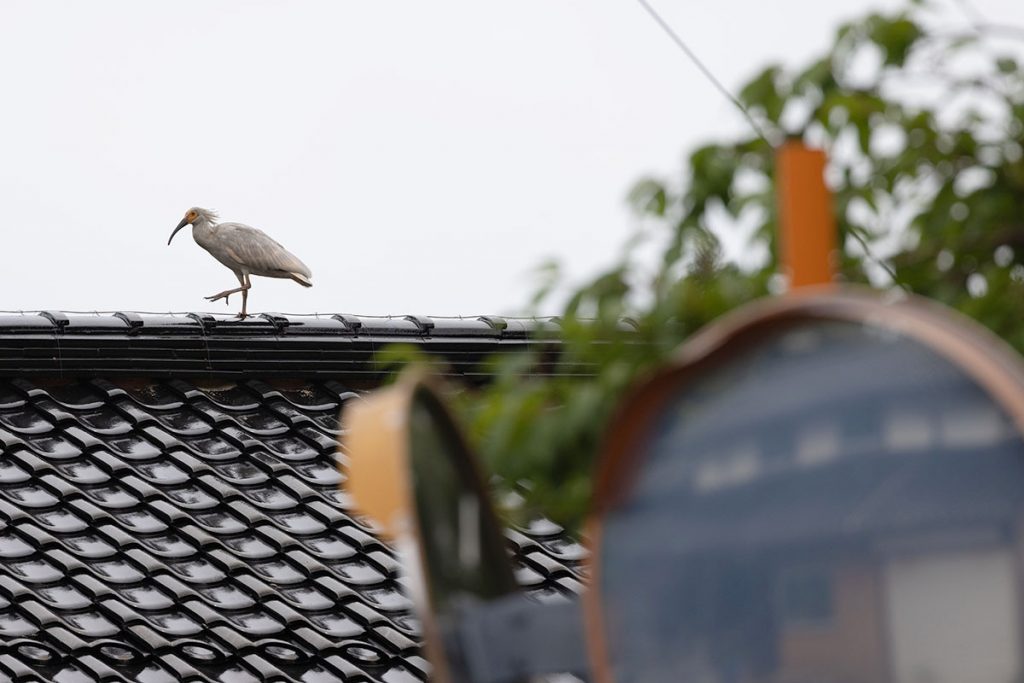
However, successfully fledging does not necessarily mean the chicks are good at foraging. Chicks with weak flying ability can be observed landing on roofs to rest, unable to fly directly from their perch on a branch to the rice fields.
Rooting for the Chicks
Both the male and female ibis are involved in parenting. They feed the chicks partially digested food from beak to beak. While they are chicks, the birds only need to beg for food. But after fledging, they leave the nest to forage on their own. Initially, they are clumsy at finding food. I can almost sense their nervousness through my viewfinder.

As I photograph the chicks with their muddy faces foraging in the rice fields, I silently cheer them on.
Click here to read more Sado Wildlife in Focus photo essays by photojournalist Fumie Oyama.

Fumie Oyama is a two-time winner of the Japan Newspaper Publishers & Editors Association Award as a photographer for the Sankei Shimbun. After covering the reintroduction of the crested ibis to the wild for 11 years, Oyama left the company in 2020 to move to Sado Island. There, he continues to photograph the ibis and other wildlife while engaging in farming. He currently promotes the charms of Sado Island as a photojournalist. Follow Fumie Oyama on Instagram.
このページを 日本語 で読む






